Tag: trial

Individualized vs. Fixed Positive End-expiratory Pressure for Intraoperative Mechanical Ventilation in Obese Patients
This secondary analysis of obese patients undergoing laparoscopic surgery found better oxygenation, lower driving pressures, and redistribution of ventilation toward dependent lung areas measured by electrical impedance tomography... read more

A Controlled Trial of Methylprednisolone in COVID-19 Pneumonia
The use of corticosteroids in patients with pneumonia secondary to COVID-19 has been a controversially hot topic, particularly early on in the pandemic. Prior evidence seen in Severe Acute Respiratory Syndrome (SARS) and... read more

Guidelines on Myocardial Infarction, Novel Therapeutic Targets in Post-infarction Remodelling
This Focus Issue on ischaemic heart disease contains the ‘2020 ESC Guidelines for the management of acute coronary syndromes in patients presenting without persistent ST-segment elevation: The Task Force for the management... read more
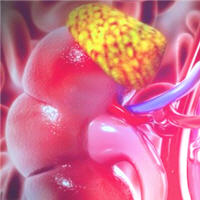
Comparison of Two Delayed Strategies for RRT initiation for severe AKI
Delaying renal replacement therapy (RRT) for some time in critically ill patients with severe acute kidney injury (AKI) and no severe complication is safe and allows optimisation of the use of medical devices. Major uncertainty... read more
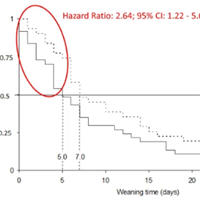
Replacement of Fentanyl Infusion by Enteral Methadone Decreases the Weaning Time From Mechanical Ventilation
The introduction of enteral methadone during weaning from sedation and analgesia in mechanically ventilated patients resulted in a decrease in the weaning time from mechanical ventilation (MV). A double-blind randomized... read more
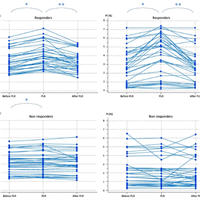
Increase in PI during PLR detects a positive response of the PLR test
An increase in perfusion index (PI) during passive leg raising (PLR) by 9% accurately detects a positive response of the PLR test. Three patients were excluded because the plethysmography signal was absent and 3 other... read more
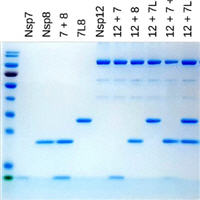
SARS-CoV Replication-transcription Complex Can Initiate RNA Synthesis
How viruses from the Coronaviridae family initiate viral RNA synthesis is unknown. Here we show that the SARS-CoV-1 and −2 Nidovirus RdRp-Associated Nucleotidyltransferase (NiRAN) domain on nsp12 uridylates the viral cofactor... read more
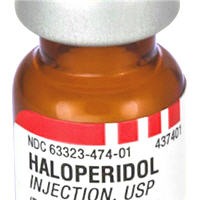
Haloperidol and Quetiapine for the Treatment of ICU-Associated Delirium in a Tertiary Pediatric ICU
In our small, single-center study, patients treated with haloperidol or quetiapine showed no short-term improvement in delirium screening scores after starting treatment when compared with untreated, propensity score-matched... read more
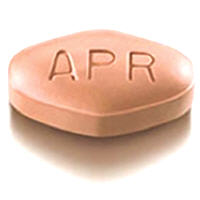
Apremilast Not Likely to Reduce Time to Recovery or Mortality in Critically Ill Patients in I-SPY COVID-19 Trial
Quantum Leap Healthcare Collaborative (QLHC), the sponsor of the I-SPY COVID Trial, announced that apremilast (Otezla), made by Amgen, has been dropped for futility. Apremilast was chosen for testing in the I-SPY COVID Trial... read more

The Bougie as an Airway Savior
Ever since the BEAM (Bougie Use in Emergency Airway Management) trial was published in JAMA in 2018, the use of the bougie has become increasingly mainstream. Some of the advantages of using a bougie are known, but there... read more
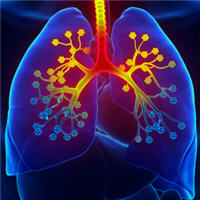
Bridging the Gap Between Intensivists and Primary Care Clinicians in ECMO for Respiratory Failure in Children
All pediatric clinicians should be aware not only of the potential benefits and complications of ECMO but also that survivors need effective screening, support, and follow-up. The 2009 influenza A(H1N1) pandemic, along... read more

Early sedation with dexmedetomidine in ventilated critically ill patients and heterogeneity of treatment effect in the SPICE III randomised controlled trial
In critically ill mechanically ventilated patients, early sedation with dexmedetomidine exhibited a high probability of reduced 90-day mortality in older patients regardless of operative or non-operative cluster status. Conversely,... read more

Convalescent Plasma Doesn’t Prevent Further COVID-19 Progression in At-Risk Patients
Convalescent plasma (CP) from recovered patients with COVID-19 doesn't prevent further COVID-19 progression in at-risk people who visit the emergency room (ER). Early this week, the National Institutes of Health (NIH)... read more

Safety and Efficacy of B-Cell Depletion with Rituximab for the Treatment of SSc-PAH
B cell depletion therapy is a potentially effective and safe adjuvant treatment for systemic sclerosis-pulmonary arterial hypertension (SSc-PAH). Future studies in these patients can confirm whether the identified biomarkers... read more








